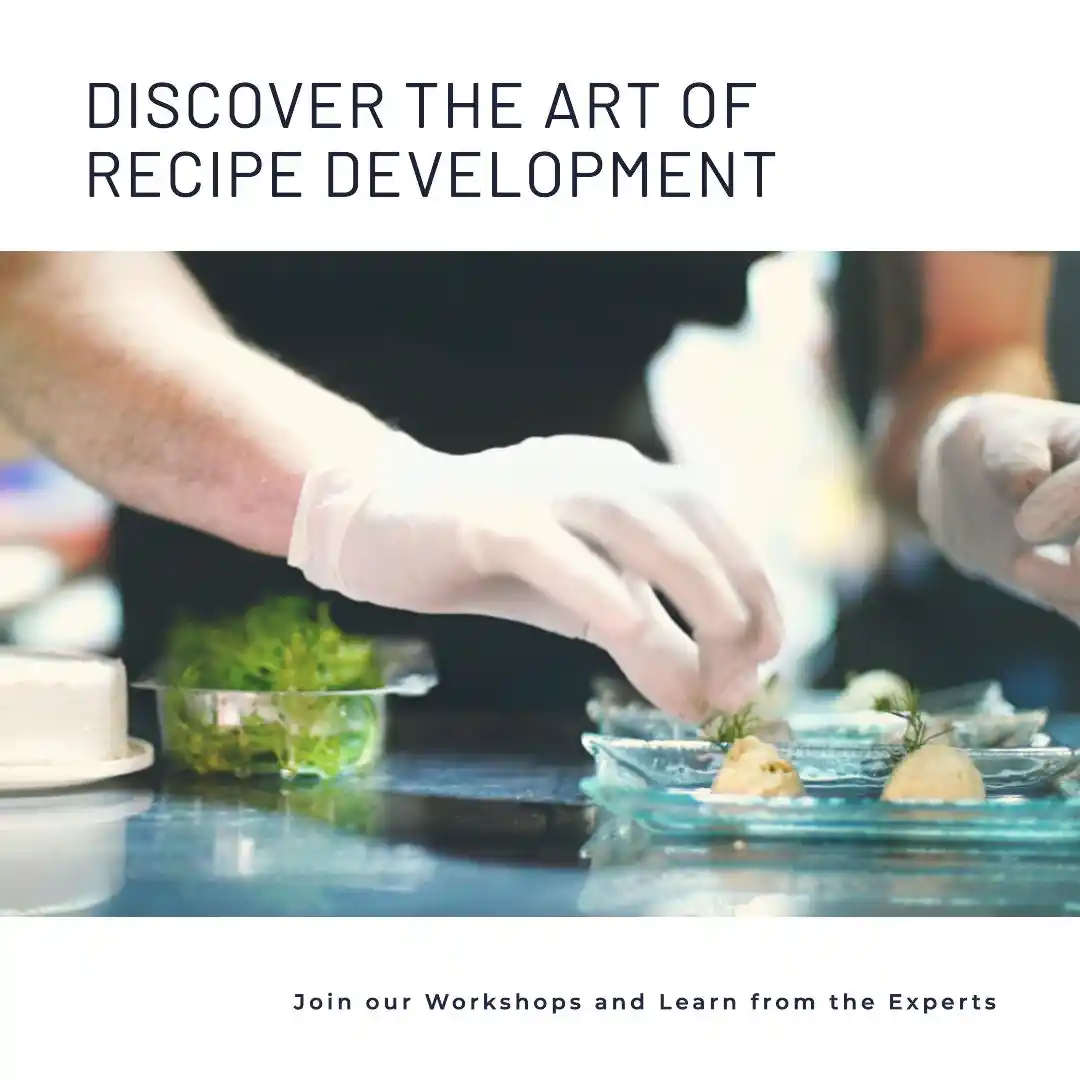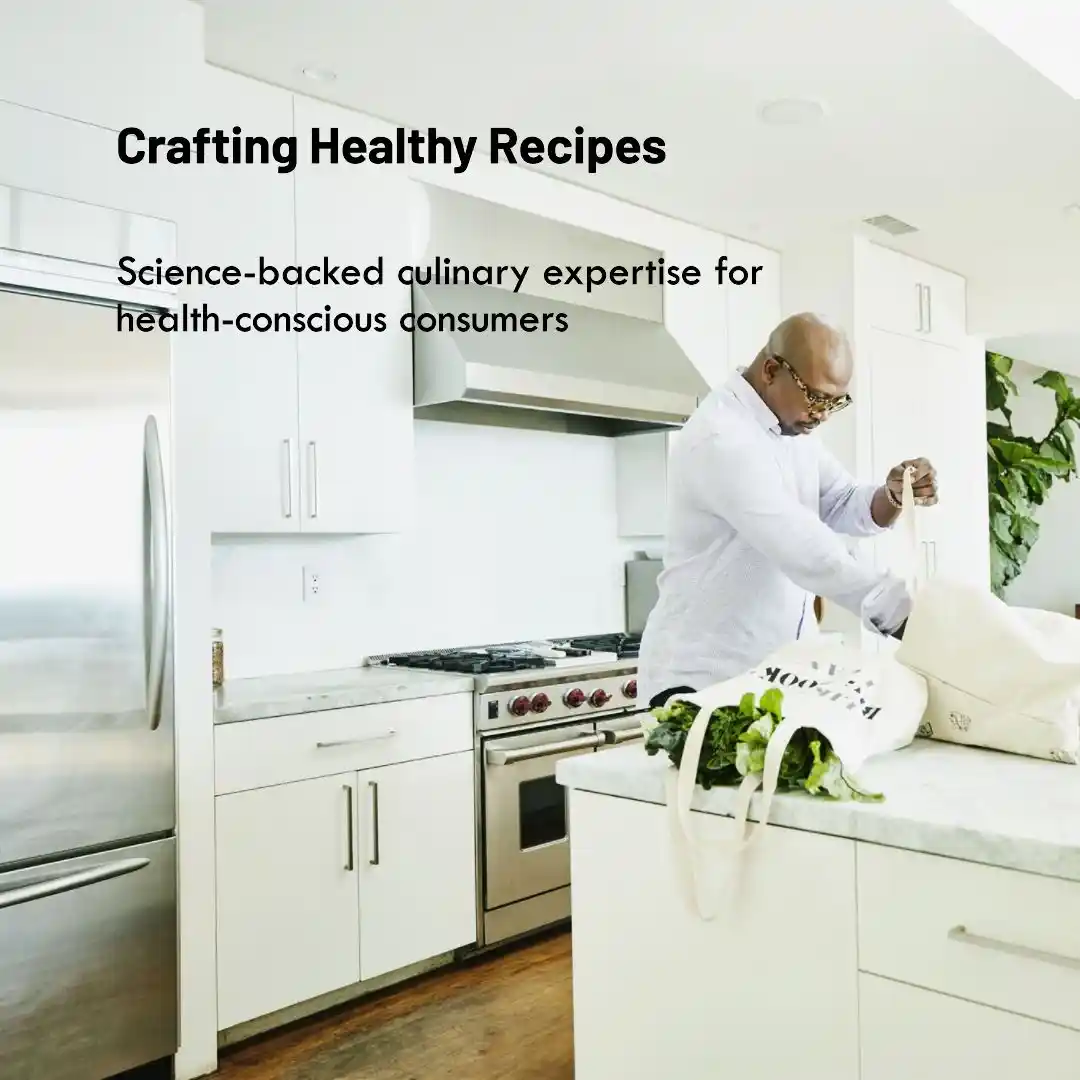Introduction
In today’s competitive food industry, balancing cost and quality is paramount. Consumers demand delicious and innovative products, but businesses must also manage their bottom line. This presents a challenge for food companies of all sizes: how can you create high-quality culinary experiences without breaking the bank?
At Tasteology, we believe that cost-effective recipes don’t have to mean sacrificing quality. Our science-backed approach to culinary consulting helps food businesses develop innovative and delicious products that are both budget-friendly and appealing to consumers. In this blog post, we’ll explore how to achieve this balance through strategic sourcing, ingredient optimization, and smart recipe development.
Why Cost-Effective Recipes Matter
Food costs are a significant expense for any food-related business, from restaurants to food manufacturers. Rising ingredient prices, supply chain disruptions, and increasing consumer demand for value make managing these costs even more critical. (https://supy.io/blog/10-ways-to-reduce-food-costs-2024-edition/) Implementing strategies for cost reduction can significantly impact profitability without compromising the quality that drives customer satisfaction and loyalty.
Mastering Ingredient Optimization
Smart Sourcing and Substitutions
One of the most effective ways to reduce recipe costs is through strategic sourcing and smart ingredient substitutions. This involves carefully evaluating your ingredient list and identifying opportunities to:
- Negotiate better prices: Leverage your purchasing power and build strong relationships with suppliers to secure the best possible prices on ingredients.
- Explore alternative suppliers: Don’t be afraid to shop around and compare prices from different vendors.
- Consider seasonal ingredients: Utilizing in-season produce can be significantly cheaper and often offers enhanced flavor. (https://justmyplate.com/cook-solo-manage-costs/)
- Embrace strategic substitutions: Identify cost-effective alternatives that maintain the desired flavor and texture profile. For example, using a blend of ground beef and lentils in a Bolognese sauce can reduce costs while adding nutritional value.
Maximizing Yield and Minimizing Waste
Reducing food waste is another crucial element of cost-effective recipe development. (https://get.apicbase.com/reduce-food-cost/) Tasteology utilizes a data-driven approach to help businesses:
- Optimize portion control: Precise portioning ensures consistency and minimizes overserving, which can lead to significant cost savings.
- Implement efficient inventory management: Tracking ingredient usage and shelf life helps prevent spoilage and unnecessary waste.
- Repurpose leftovers creatively: Develop strategies for utilizing leftover ingredients in new dishes or as components in other recipes.
The Power of Recipe Development
Streamlining Recipes without Sacrificing Flavor
At Tasteology, our culinary experts excel at developing recipes that are both delicious and cost-conscious. We achieve this through:
- Flavor optimization: We leverage our understanding of flavor science to create impactful taste profiles using a minimal number of high-quality ingredients.
- Process simplification: Streamlining cooking processes can reduce labor costs and minimize the potential for errors.
- Creative ingredient combinations: We explore innovative ways to combine ingredients to create unique flavor experiences while keeping costs in check.
Case Study: Tasteology’s Cost-Effective Menu Redesign
Tasteology recently partnered with a casual dining restaurant chain to revamp their menu with a focus on cost efficiency. By strategically substituting certain ingredients, optimizing portion sizes, and streamlining preparation methods, we were able to reduce the restaurant’s food costs by 15% without compromising the quality or appeal of their dishes. This resulted in a significant boost to their profitability and improved customer satisfaction.
Practical Tips for Cost-Effective Cooking
Here are some practical tips you can implement in your own kitchen or food business:
- Plan your meals ahead: Meal planning allows you to create shopping lists and minimize impulse purchases, leading to less waste. (https://discover.texasrealfood.com/culinary-contingencies/how-to-cook-when-youre-on-a-tight-budget)
- Cook in bulk and freeze leftovers: Preparing larger batches of dishes like soups, stews, or sauces can save time and money.
- Embrace versatility: Learn how to use staple ingredients in multiple dishes to minimize waste and maximize your grocery budget.
- Don’t be afraid to experiment: Try substituting ingredients, adjusting portion sizes, and exploring new cooking methods to discover cost-effective ways to create your favorite dishes. (https://www.foodnetwork.com/recipes/photos/money-saving-meals)
Common Challenges and Solutions
Challenge: Maintaining quality when using less expensive ingredients.
Solution: Focus on enhancing flavor through techniques like caramelization, roasting, or using herbs and spices.
Challenge: Finding the time to plan and prepare cost-effective meals.
Solution: Start small by planning just a few meals per week and gradually increase as you become more comfortable.
Challenge: Ensuring that cost-cutting measures don’t lead to customer dissatisfaction.
Solution: Focus on transparency and communicate any changes to your menu or recipes clearly. Emphasize the value and quality of your offerings.
Conclusion
Creating cost-effective recipes is a crucial skill for any food business or home cook. By focusing on strategic sourcing, ingredient optimization, and smart recipe development, you can achieve significant cost savings without sacrificing the quality and deliciousness that consumers demand. Tasteology’s culinary expertise and science-backed approach can help you navigate this challenge and develop innovative solutions that meet your specific needs and goals.
Ready to elevate your culinary creations while optimizing your costs? Contact Tasteology today to learn how our services can help you achieve your culinary and business objectives.


